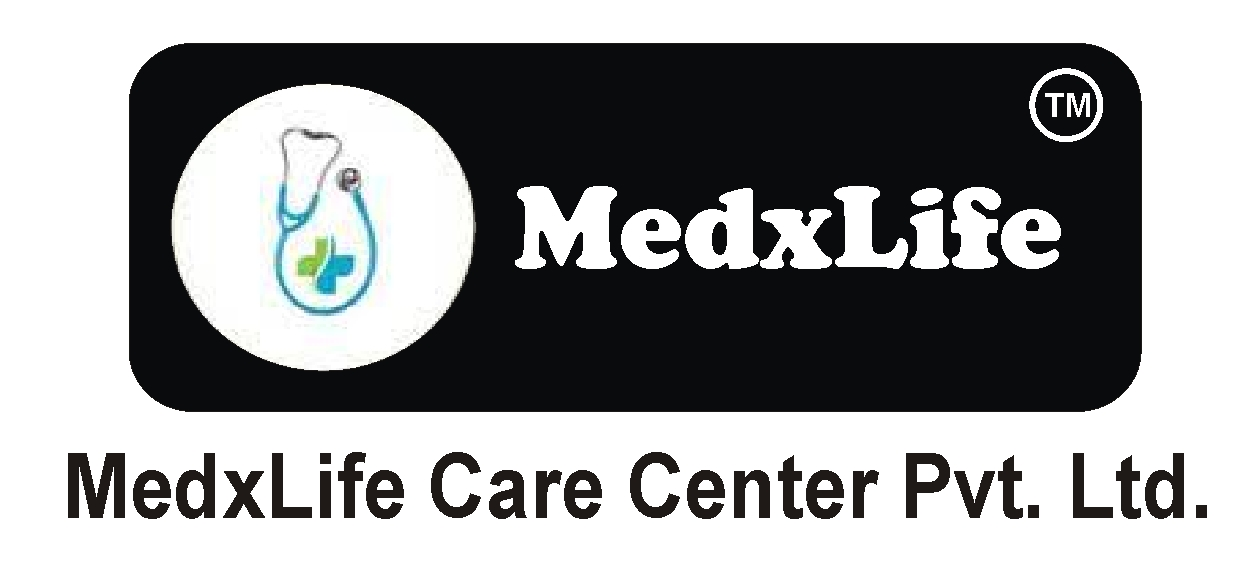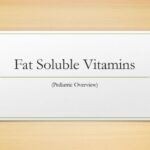Dental caries is the most common complaint that a patient comes to a dentist with.
So what exactly are dental caries ?
To be defined they are preventable chronic and biofilm mediated disease modulated by diet. This multifactorial, oral disease is caused primarily by an imbalance of the oral flora due to the presence of fermentable carbohydrates on the tooth surface over time. By breaking down the definition we can see that it is multifactorial: multiple causes and these causes are listed below
- Biofilm or oral bio-flora
- Tooth habitat
- Diet
- Saliva
On examining the factors in detail we can understand the role they play in the caries formation
- Biofilm: it is composed mostly of bacteria, their by-products extracellular matrix and water. Recently the biofilm is referred to as ‘plaque biofilm’
The biofilm/plaque on teeth is an organized sequence of events in which different species of oral flora multiply as the caries progress
The most common species of plaque are s. sannguis, actinomyces, s. mutans etc.
- Tooth habitat: It refers to the anatomy of the tooth regarding more probable locations of the plaque formation
These favorable locations are pits and fissures, the smooth enamel surfaces on the proximal surface, and the root surfaces
- Diet: The food we take changes the PH of the oral cavity and drastically especially when the diet contains more amount of fermentable carbohydrates and frequent changes in PH contributes to dental caries
4. Saliva: It is an important substance for the proper digestion of foods, and it also plays a key role as a natural anticaries agent
The roles of saliva are bacterial clearance, direct antibacterial activity, buffer capacity
Theories of etiology of dental caries
The theories work along with the factors to provide the process of caries formation, which are ultimately the balance between remineralization and demineralization of the tooth structures
There is no universally accepted theory but the most accepted are:
- Miller’s chemo-parasitic theory or acidogenic theory
- The proteolytic theory
- The proteolytic-chelation theory
Miller’s chemo-parasitic theory or acidogenic theory
The hypothesis of this theory is ‘Dental decay is a chemo-parasitic process consisting of two stages, the decalcification of enamel and dentin as a preliminary stage then followed by dissolution of softened residue’
Simplified it states that caries is caused by the destruction of enamel and dentin by the acids produced by the microorganisms of the mouth
Things that play important role in Miller’s theory are
- Oral microbes
- Carbohydrate substrates
- Acid – duration of presence in mouth and localization on the tooth surface
Questions unanswered by this theory are
- Initiation on the smooth surface
- Why are some populations caries-free?
- Phenomena of arrested caries
The Proteolytic theory
Postulated by Gottlieb & Gottlieb, Dimond, Applebaum that ‘ Caries is a proteolytic process the microorganisms invade the organic pathways and destroy them in advance. Acid formation accompanied proteolysis.’
the drawback of this theory is that there is no satisfactory evidence that the initial attack on the enamel is proteolytic
The Proteolytic-Chelation theory
This later proposed theory is the modification of both of earlier theories, postulated by Schatz as ‘Simultaneous microbial degradation of organic and dissolution of minerals of the tooth by the process of Chelation’
Chelation: A process involving complexing of a metallic ion to a substance through a covalent bond which results in highly stable, poorly dissociated, or weakly ionized compounds
This theory resolves the argument as to whether the initial attack on the enamel is proteolytic or inorganic by stating that both attack simultaneously.
Although there are many conservative treatments for Dental caries there is no cure thus a clinician needs to understand the etiology for effective treatment and work towards the cure.
Medico Prashamsh Chandra Kulkarni



2 Comments
Sonia
Helpful ????????????????
Rachit
????